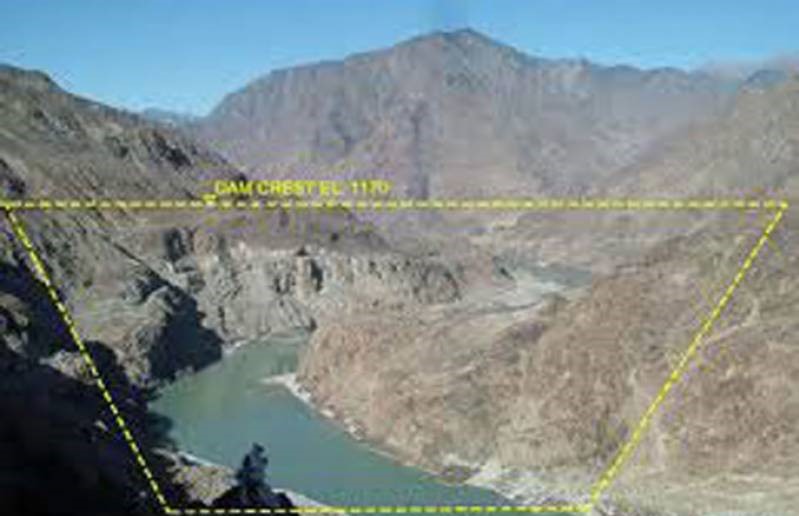Anti-Kalabagh dam elements are not showing the brighter side of the picture and are helping the enemies through opposing this mega project that could produce 3600 MW of electricity besides ensuring availability of over 6.1 million hectors feet of water. The Lahore Chamber of Commerce and Industry would launch awareness campaign in favor of Kalabagh Dam.
The LCCI acting President Muhammad Nasir Hameed Khan in a statement in mid-February insisted that even politicians of those areas are chanting slogans against Kalabagh Dam where drought is playing havoc.
The power generation through hydel, gas, furnace oil and nuclear resources costs Rs.1.5, Rs.6.5, Rs. 16.5 and Rs.5.5 per unit respectively. Kalabagh dam would generate 3500 MW electricity and bring back its construction cost within a few years, he added. The existing dams are constantly silting up leaving ever decreasing capacity to store water therefore there is a dire need to construct more dams.
The construction of Kalabagh dam along with other new dams is desperately needed to store adequate water. According to a conservative estimate about 35 million acre feet of water is being wasted into the sea because the country has no big water reservoirs to store it.
He said, “More importantly, as a result of melting of glaciers due to global warming, a sword of Damocles remains hanging over our heads in the shape of floods. An opinion gained widespread support across the country that the losses of recent floods in Pakistan which are estimated to be more than 45 billion dollars could have been reduced if big dams and water reservoirs were in place.”
Another significant aspect connected with the construction of Kalabagh Dam is the surety of sufficient amount of greener and cheaper electricity. Electricity generation through thermal sources is estimated to cost almost Rs.16 per unit whereas the same can be produced at Rs.2.5 to Rs.3 through Hydel. He said that the present scenario leads to import oil worth over US$ 12 billion a year which is costing us dearly while causing to face insurmountable challenges to remain competitive both in national and international markets.






